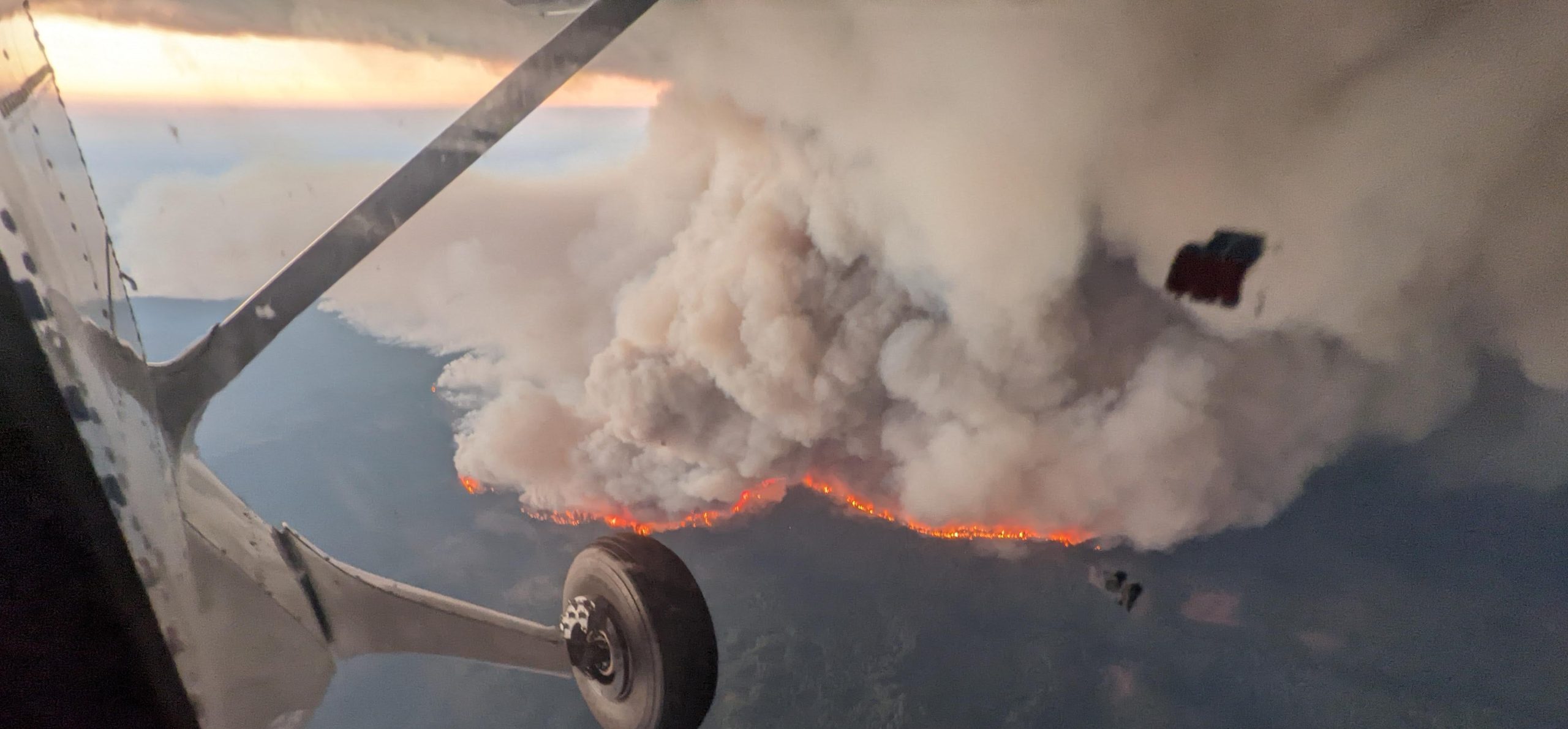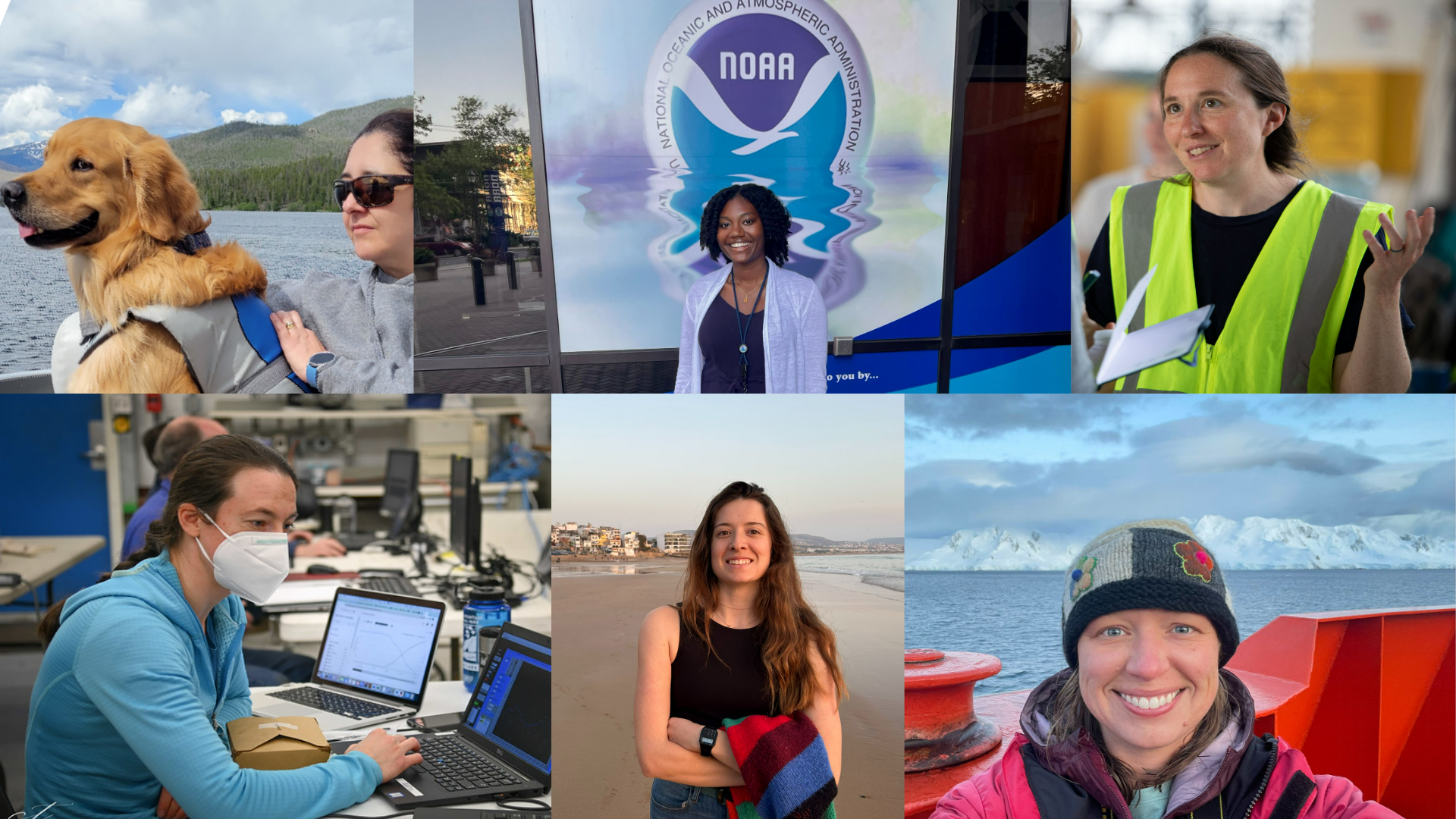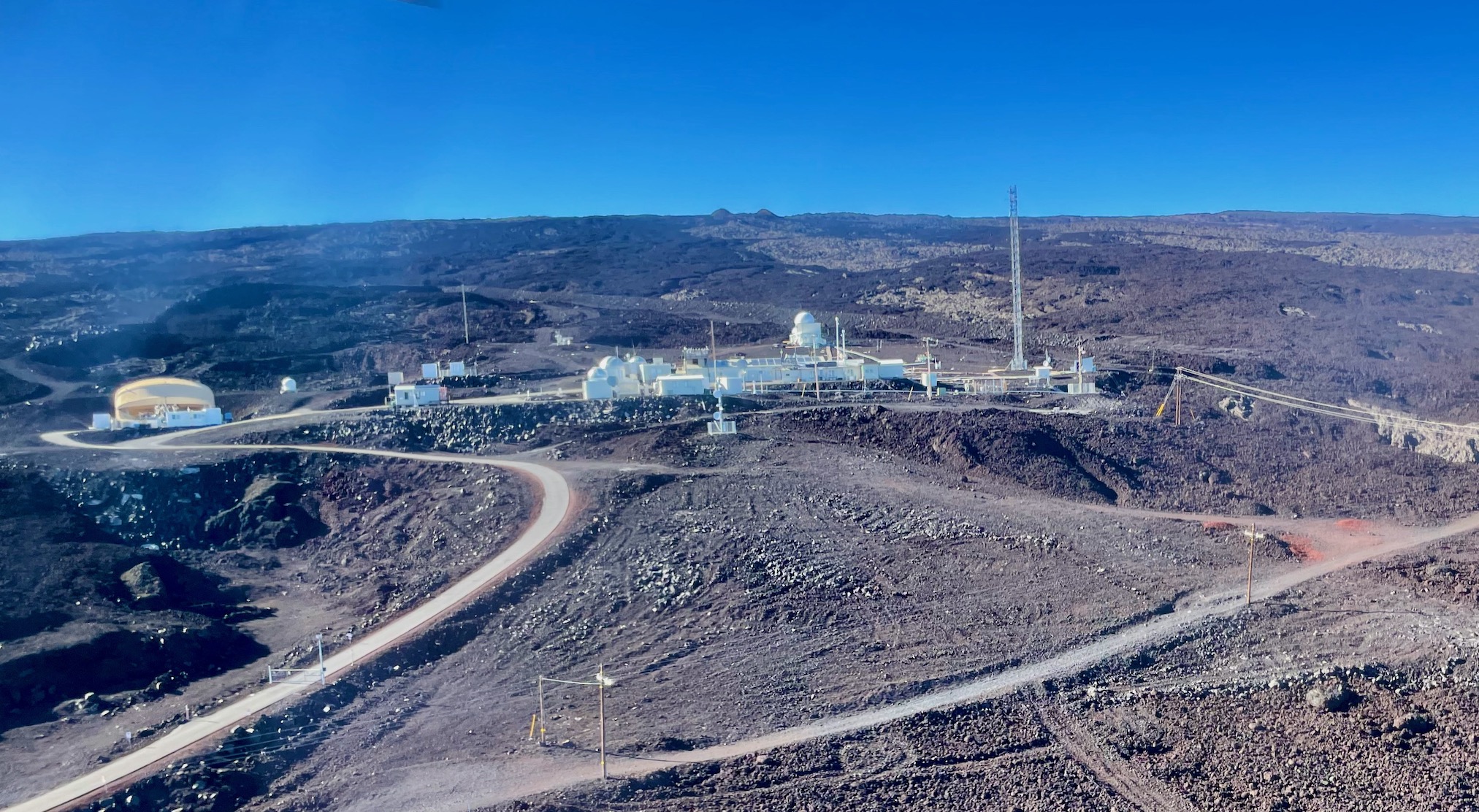The coronavirus pandemic response has reduced pollution from a large number of sources across many geographic regions. NOAA has launched a wide-ranging research effort to investigate the impact of reduced vehicle traffic, air travel, shipping, manufacturing and other activities on Earth’s atmosphere and oceans.
NOAA scientists are using the most advanced atmosphere-ocean models to look for changes in atmospheric composition, weather, climate, and precipitation over weeks to months. This research will provide important evaluations to improve weather forecasting and climate projections going forward.
“This unique view into the relative stillness we find ourselves in is only possible because of the existing baseline knowledge that NOAA has built over decades of monitoring, modeling and research,” said Craig McLean, assistant NOAA administrator for Oceanic and Atmospheric Research. “This research is providing new insight into the drivers of change for our oceans, atmosphere, air quality, and weather. Our past work has prepared us to investigate these unprecedented times.”
NOAA scientists are investigating the impact of decreased pollution in specific areas over the short term, and will analyze measurements collected from its global sampling network of contract airplanes, towers and ground sites at laboratories in Boulder, Colorado and College Park, Maryland. In the oceans, NOAA scientists will be assessing impacts of reduced underwater noise levels on marine life.
Some of the new research efforts:
- Several NOAA research laboratories, including those focused on satellite data, are evaluating how changes in activity impact emissions like carbon dioxide, methane, aerosols, and common air pollutants. In College Park, atmospheric researchers have found slight decreases in fine particulate pollution in the eastern and western United States, and a stronger signal of declines in ground-level ozone, or smog. In Boulder, scientists are observing changes in the composition and timing of emissions, in addition to volume – due to a smaller, later “rush hour” – that could have local air quality impacts.
- NOAA’s global greenhouse gas monitoring network, which continues to capture almost all of its normal long-term observations, has begun aerial sampling over several large East Coast cities that have been previously studied.
- Scientists are also watching the sky, to see if reduced airline traffic is reducing the amount of high cirrus clouds, and whether that is affecting the formation of lower-altitude clouds or the amount of solar energy reaching the surface.
- NOAA satellite scientists in College Park are working closely with research labs to share data from their space-based instruments of rapidly changing air quality conditions on the ground, and to study the changing relationships between and among different types of pollutants, which will lead to improved air quality forecasts.
NOAA is coordinating with the broader environmental science community on this work, including partners in the interagency and academic communities. Observations and findings generated by this research effort will be archived by NOAA’s National Center for Environmental Information for use by other researchers.
All research activity will be conducted under Department of Commerce and Centers for Disease Control guidance which put the health and safety of scientists, employees and contractors foremost, while continuing to meet NOAA’s essential mission needs.
For more information, contact Theo Stein, NOAA Communications, at theo.stein@noaa.gov.



